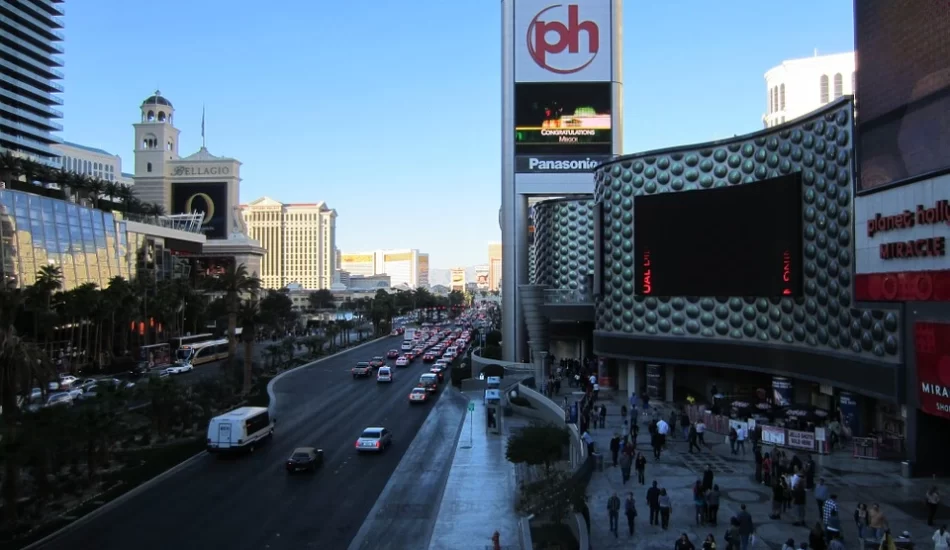Why is Night the Most Dangerous Time to Drive?

Drivers face a variety of hazards on the road, but none so frequently as those found at night. Even with headlights, motorists are at a significantly higher risk of getting into car crashes with lethal consequences. After all, despite only a quarter of all driving occurring after dark, over 50 percent of traffic deaths happen at night.
Impaired Drivers
Drunk driving is especially prevalent from midnight to 3 a.m. (and even more so on weekends), around when most bars close for the night. Alongside those impaired by prescription medicine or other drugs, the risks posed by drunk drivers are only compounded upon by poor visibility and higher average speeds on empty roads. However, the amount of drunk drivers has steadily declined since 2007, so while they may pose a severe threat, you aren’t as likely to encounter intoxication on the road as you once were—drowsiness, on the other hand, puts you at risk every night.
Fatigue is one of the most common impairments drivers face, and unlike alcohol, can’t be avoided altogether. Being awake for 24 hours has the same effect on your driving as a BAC of 0.10 percent (well over the 0.08 percent BAC for a DUI). Although you can’t control other people on the road, you can make the decision to drive safely yourself. If you’re displaying symptoms of exhaustion (such as rubbing your eyes, missing turns, or yawning), pulling over to take a 15 to 45-minute nap can alleviate symptoms of drowsiness for several hours, making the road a safer place for all.
Remember to take extra precautions and avoid distractions at night, and always keep your eyes on the road. Although turning up the radio to keep yourself awake might seem tempting, it’ll only impair you further. If you need something to stop you from falling asleep at the wheel, you’re not safe to drive.
Low Visibility
Without the luxury of clear, well-lit sightlines, the window of time you have to react to roadway hazards is reduced, making collisions all the more likely. Glare from oncoming cars can be blinding in the darkness as well, especially for those with glasses or contact lenses. On top of everything else, as you age, your night-vision capabilities degrade; a 50-year-old driver needs almost twice as much light as a 30-year-old driver to see clearly, and things only get worse for those over 60. As you get older, you should try to only drive during the day if possible.
Rush Hour
Even on frequented, well-lit roads with unimpaired drivers, evenings present a danger all their own. Evening rush hour (generally from 4-7 p.m. on weekdays) results in roadways crowded with workers eager to get home, who are more likely to speed and make unsafe decisions. During winter, rush hour happens after sunset, compounding impatient drivers with the dangers of limited visibility. If you need to drive during rush hour, be sure to do so safely, and keep an eye out for erratic drivers who might pose a risk to those around them.
Talk to a Nevada Car Accident Attorney
Proving fault in an accident can be especially difficult during nighttime collisions where witnesses are scarce and evidence is shrouded by darkness. Aaron Law Group’s experienced attorneys can help you through every step of the claims process and secure you the favorable settlement you deserve, so please contact us today at (702) 550-1111 for a free consultation.